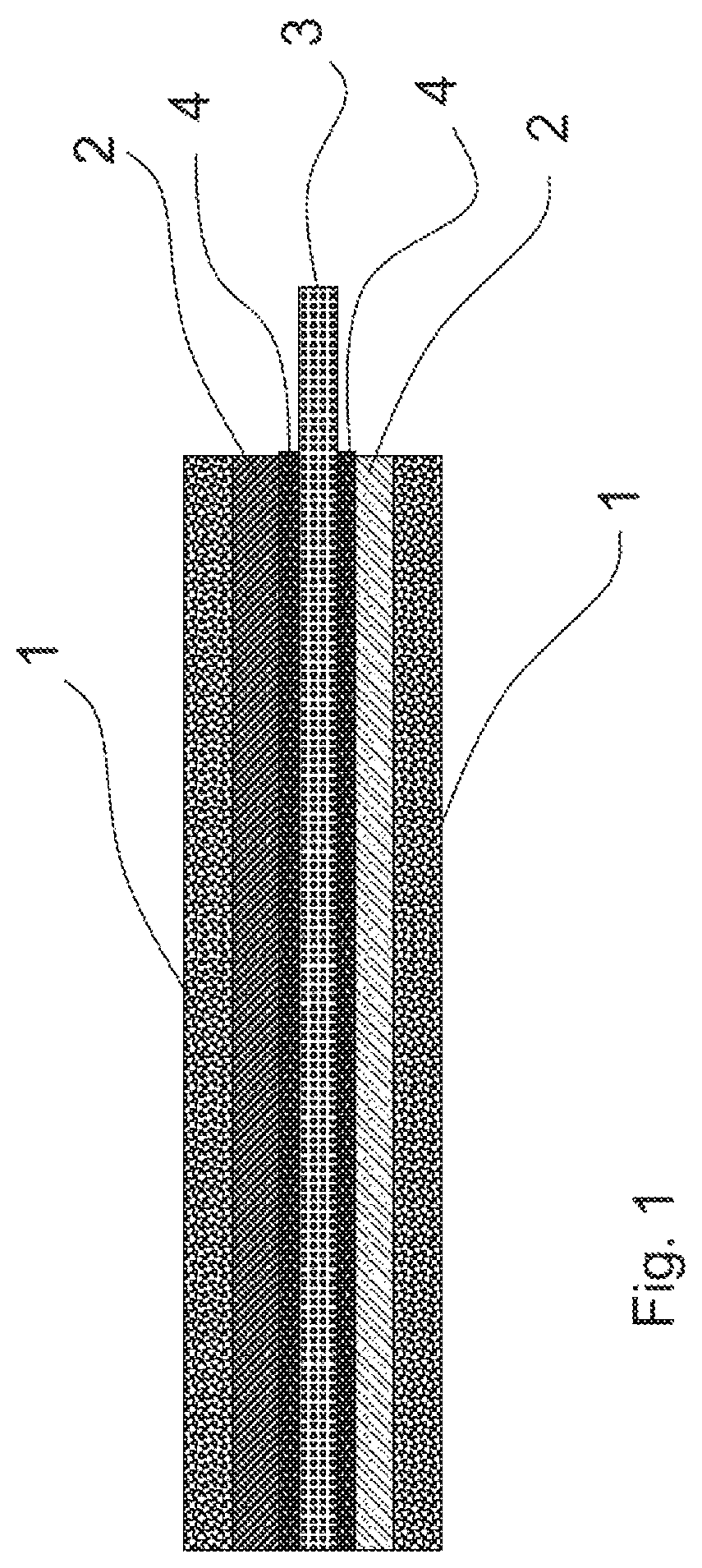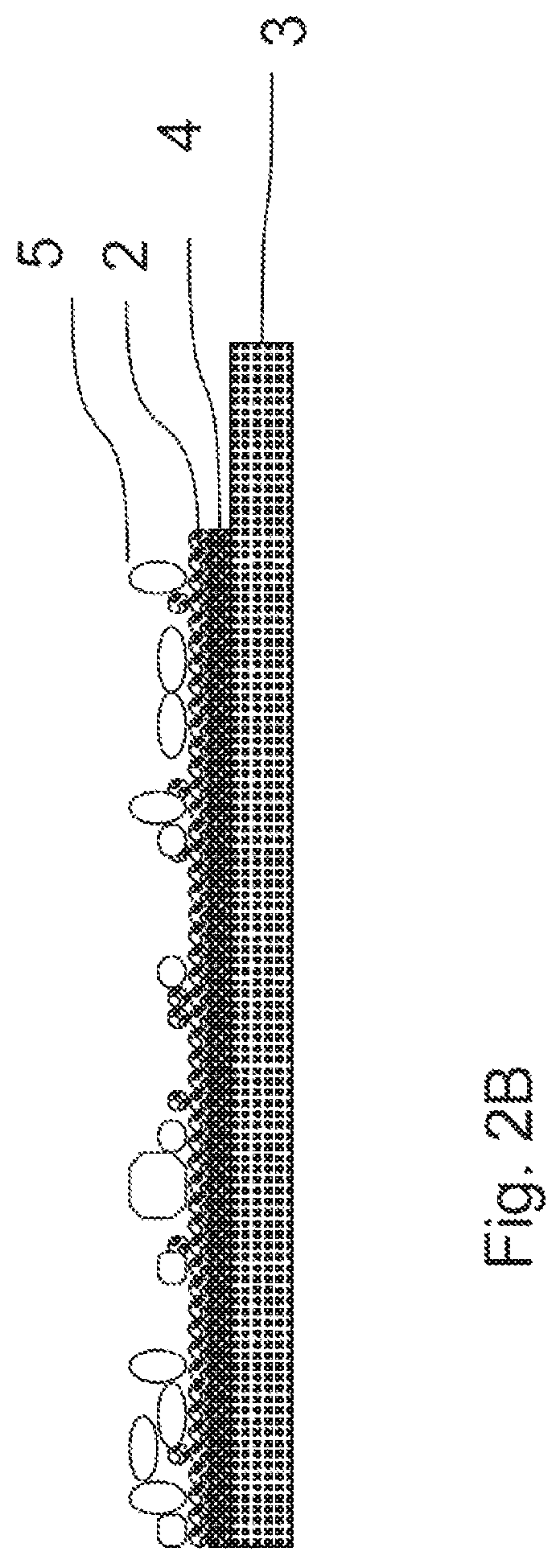Biological battery and biological cathode
a biological battery and battery technology, applied in the field of biological batteries and biological cathodes, can solve the problems of lack of suitable catalysts, limited li-air cell performance, and high cost of metals, and achieve the effects of increasing production efficiency, reducing the cost of metals, and improving the efficiency of electrical current production
- Summary
- Abstract
- Description
- Claims
- Application Information
AI Technical Summary
Benefits of technology
Problems solved by technology
Method used
Image
Examples
examples
[0075]FIG. 3 illustrates an acetic acid production system and process workflow according to at least one preferred embodiment of the invention. Referring to FIG. 3, at least one of air gas and / or a gas containing carbon dioxide is introduced via influent port 1 to an influent mixing tank 3. A medium solution feedstock influent port 2 also enables such feedstock to be added to the influent mixing tank 3. The influent mixing chamber is connected by piping or other means allowing fluid connection to a bioreactor 8. The preferable range of the volume of the reactor can be from 100 ml to 30 m3.
[0076]A more preferred range is between 100 ml and 1 m3. The bioreactor is preferably a batch reactor or chemostat preferably at a flow rate between 1 ml / min to 100 ml / min, and more preferably a flow rate between 1 ml / min and 10 ml / min. Permeable membrane 5 is disposed within the bioreactor 8 such that two sides are created within the bioreactor on either side of the membrane 5. The membrane can be...
PUM
| Property | Measurement | Unit |
|---|---|---|
| size | aaaaa | aaaaa |
| size | aaaaa | aaaaa |
| pore size | aaaaa | aaaaa |
Abstract
Description
Claims
Application Information
 Login to View More
Login to View More - R&D Engineer
- R&D Manager
- IP Professional
- Industry Leading Data Capabilities
- Powerful AI technology
- Patent DNA Extraction
Browse by: Latest US Patents, China's latest patents, Technical Efficacy Thesaurus, Application Domain, Technology Topic, Popular Technical Reports.
© 2024 PatSnap. All rights reserved.Legal|Privacy policy|Modern Slavery Act Transparency Statement|Sitemap|About US| Contact US: help@patsnap.com










